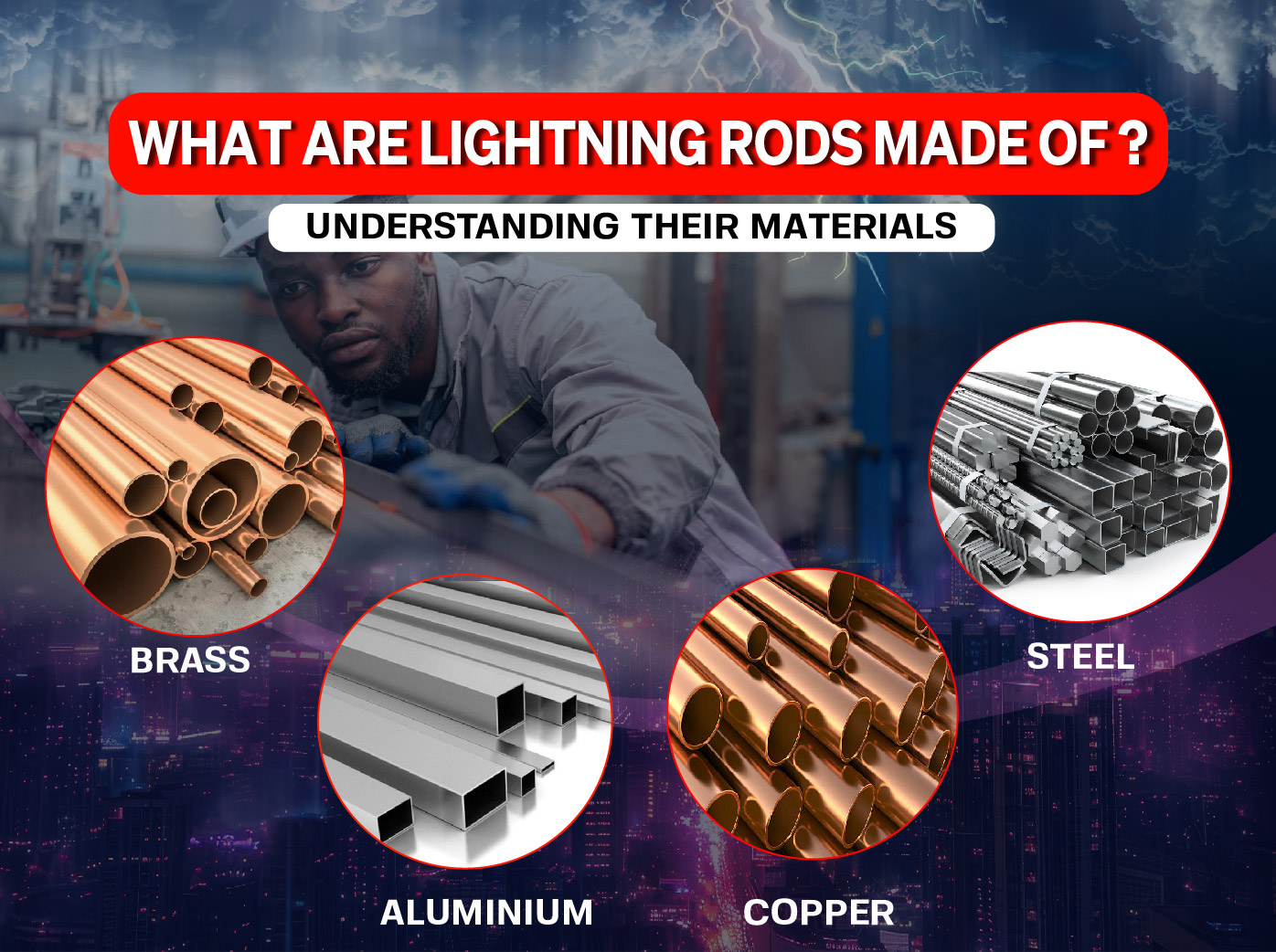Its like a stormy night with flashes of lightning your lightning rod in the middle of all this chaos, keeping you safe. So why is this so brilliant in terms of protection? And the nuclear secret is in the ingredients. Storms are like the challenges life throws at you, whereas the hero is you, and the tools that you use to face these challenges is the right materials in a lightning rod, which allow it to safely dissipate the energy of the storm. Let us look at the materials responsible for the strength of a lightning rod and how it protects your building from nature’s strongest forces.
The Primary Materials Used in Lightning Rods:
1. Copper: The Most Common Material
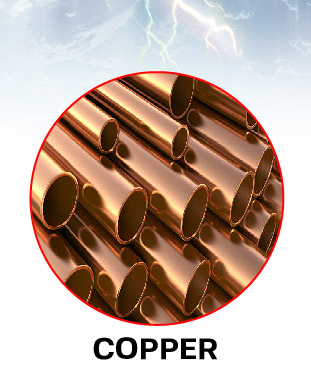
One of the most used materials for lightning rods is Copper and it is for good reason. And it has incredible conductivity, which means that electricity can easily travel through it with very little resistance. This is crucial to allow the bolt to travel to the ground safely. On top of that, copper is also exceptionally resistant to rust, which makes it quite durable and suitable for permanent use in a range of extreme weather conditions.
2. Aluminum: A Lightweight Alternative
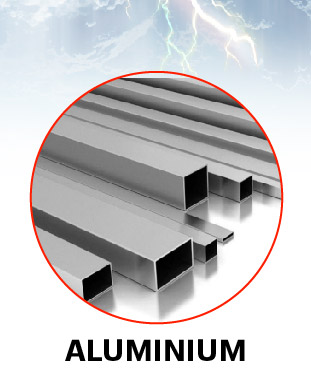
Copper is the most used material, but aluminum is still also commonly used to build lightning rods. Aluminum is far lighter than copper, making it much easier to install, especially on tall buildings and structures. While not as conductive as copper, aluminum still provides sufficient shielding and is often cheaper.
3. Stainless Steel: Corrosion Resistance and Strength
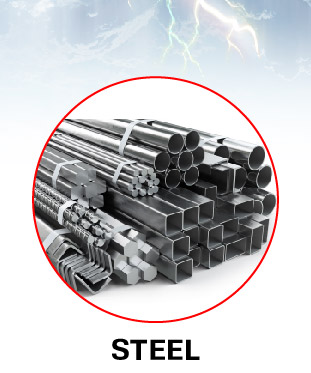
Another material that is used for making lightning rods is known as stainless steel. This corrosion resistance is critical, particularly since the rod must be exposed to elements. Stainless steel is also very strong and has a high tensile strength, allowing it to resist bending and breaking under physical stress. Although it is not as conductive as copper, it still serves as effective lightning protection.
4. Brass: A Durable and Corrosion-Resistant Option
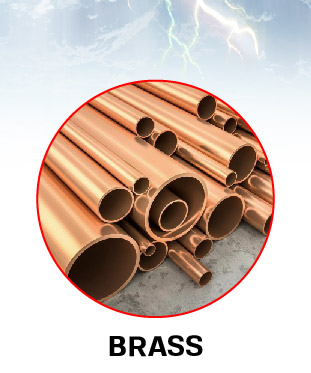
Sometimes an alloy of copper and zinc known as brass is built into lightning rods. It has a good conductive-to-corrosion-resistance balance. Less common than copper, brass nevertheless is quite a good choice to allow for the safe grounding of a lightning strike.
Why Are These Materials Chosen?
The materials used in lightning rods must possess certain characteristics to ensure their effectiveness:
Electrical conductivity: Lightning rods must be able to safely conduct electrical energy into the ground. For this purpose, materials with excellent conductivity, such as copper and aluminum, are used.
Corrosion Resistant: Lightning rods are out in the elements all year round, and need to be rust and corrosion resistant, so metals like copper, stainless steel and brass work best. This keeps the rod from losing its function over time.
Material: The rod should be made of a strong and durable material that can resist corrosion. This type of material can resist the heat and force a lightning bolt provides, a benefit stainless steel can also give.
Trust Ashlok for Superior Lightning Rod Protection

Now you know the materials that really makes the job of protecting your home by your lighting rods and clearly knowing that you should go for quality. This is where Ashlok filling a gap between rusted rods and safety-oriented rod, providing the best quality lightning rods that have been designed in such a way that they get a potential quality of not only saving the property but also ensure that a place is not affected by the nature force. Using high-quality materials and steadfast reliability, Ashlok’s lightning rods take the worry out of ensuring the safety of your family and home from lightning strikes.



